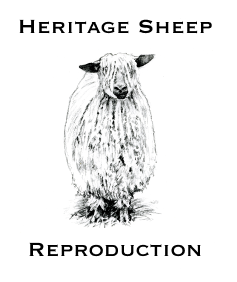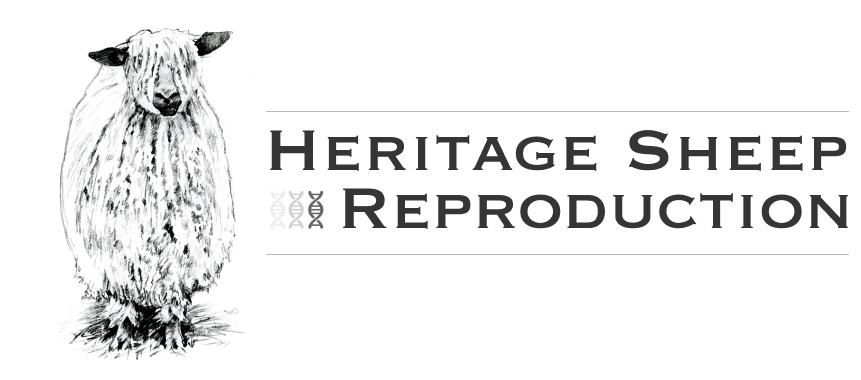January 17, 2022
As their name suggests Dutch Spotted sheep originate in The Netherlands, having been recognised since the early 1800s.
The breed was developed in the west of The Netherlands, an area commonly covered in lakes, bogs and swamps which farmers reclaimed using connected embankments.
Sheep were used to maintain the grass in these areas and also eat any saplings which developing on this improved ground.
During the 1950s Dutch farmers began to make use of the specific qualities of the traditional Dutch Spotted and crossed them with other breeds, such as Texel and Zwartble, to produce a sheep with greater profitability and benefits with the characteristics of a modern breed.
Today the breed is noted for its light bone and large frame, with ewes being easy lambing and milky. Their lambs carry high percentages of lean meat with high killing out percentages.
As mature animals rams can weigh from 115-135kg and females weight from 75-95kg, with both males and females being known for their inquisitive nature and ease of handling.
 |
 |

